There’s one thing that the rolling mountains of Skyrim, the post-calamitous civilization of Hyrule in The Legend of Zelda: Breath of the Wild, and countless RPG universes have in common. It spreads far through these lands under the surface… a scum –– a save scum. Encounters you weren’t prepared for will crumble through sheer repetition as you respawn nearby to try again, and again, and again. You keep diving into menus or slamming shortcuts on your keyboard after turning every corner. Yes, this mindset is a prison of your or my own creation, but sometimes you need the perspective of a game doing it differently to notice your wrongs in the first place. Metroidvania games can provide that in their approach to save points.
Metroidvania games had a huge stranglehold on the indie market for a few years. Landmark titles like Ori and the Blind Forest, Hollow Knight, and Axiom Verge invigorated some gamers’ nostalgia for past adventure titles they loved and also introduced them to newer fans who hadn’t played them before. A lot of them also worked to smooth over the exploration a little bit more than Metroidvanias of the past by incorporating their own sensibilities into this nostalgic genre. Even now, there are still great spins on the Metroidvania genre coming out at a breakneck pace in 2022.
Ghost Song, a moody 2D sci-fi adventure game that released last month, presents a solid challenge with varied enemies and bosses, cool weapons and traversal upgrades, and a beautiful world in the alien moon of Lorian you’ll be compelled to explore. The save points in Ghost Song come in the form of bioluminescent alien plants that breach the ground and regenerate your health when you stand nearby. Sometimes you’ll also find large, mysterious statues alongside the save plants that let you level up your stats, repair your suit, and fast-travel between them.
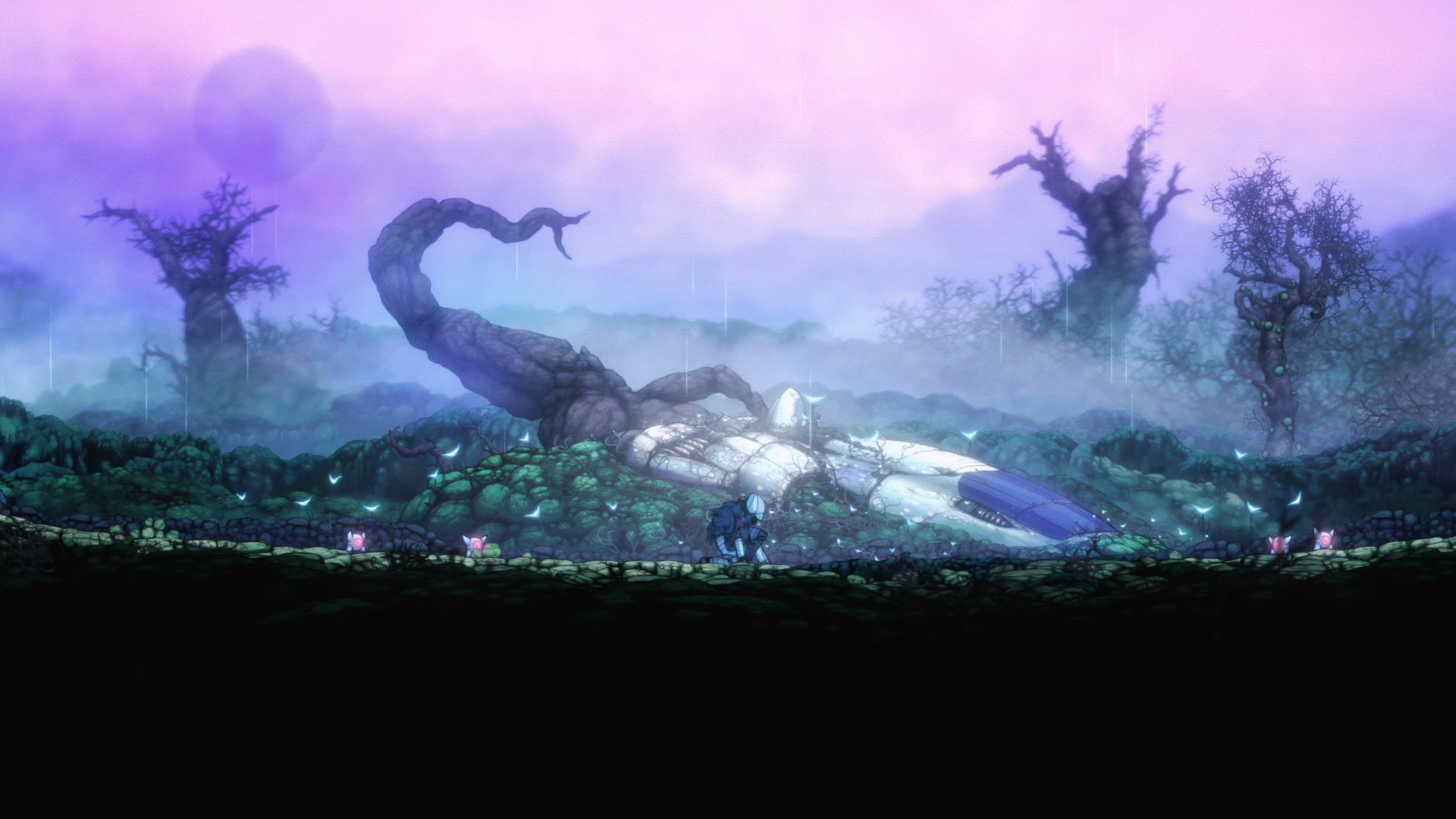
While thinking about save points, I realized they contribute immensely to the risk and reward balance inherent in exploring these huge sprawling maps. You’re constantly asking yourself whether you can handle the next room of enemies or platforming challenges, or if you should double back to a safe area. The feeling of satisfaction when you unlock a checkpoint after pushing through a tough area with low health is much more potent now that it’s no longer the norm in some mainstream AAA games. The points in Ghost Song are spread out just enough for a challenge, but you’ll eventually find shortcuts and upgrades that bolster exploration even more.
Much like sitting on the benches or relaxing in the healing springs in Hollow Knight, save points are important breaks in the action that can be paired with other activities in the game loop. For example, the nice touch of having your map updated every time you save in Hollow Knight encourages you to keep looking at it and chart routes through. Maybe I just suck at these games, but I really felt a palpable ease of tension when I reached these areas and appreciated a chance to look through some inventory and consider new builds for my characters with the upgrades I found while exploring.
The visual design of save points themselves can really help establish a strong mood as well. I have been playing Castlevania: Symphony of the Night for the first time recently and was immediately taken by the design of the save rooms in that game too. A coffin to rest in would’ve been cool enough, but the design of the mysterious otherworldly polygon morphing into the coffin that encloses you looks cool even by our inflated standards today.
Obviously, it’s not a perfect system. You may fight through some grueling enemy encounters only to hit a dead end because you haven’t found the right movement upgrade yet, or you have to get through an annoying platforming challenge every time you fail a boss encounter. Games like Symphony of the Night addressed issues like this by implementing warp points that helped numb the pain of backtracking, but recent entries to the Metroidvania hall of fame also have their own solutions on display.
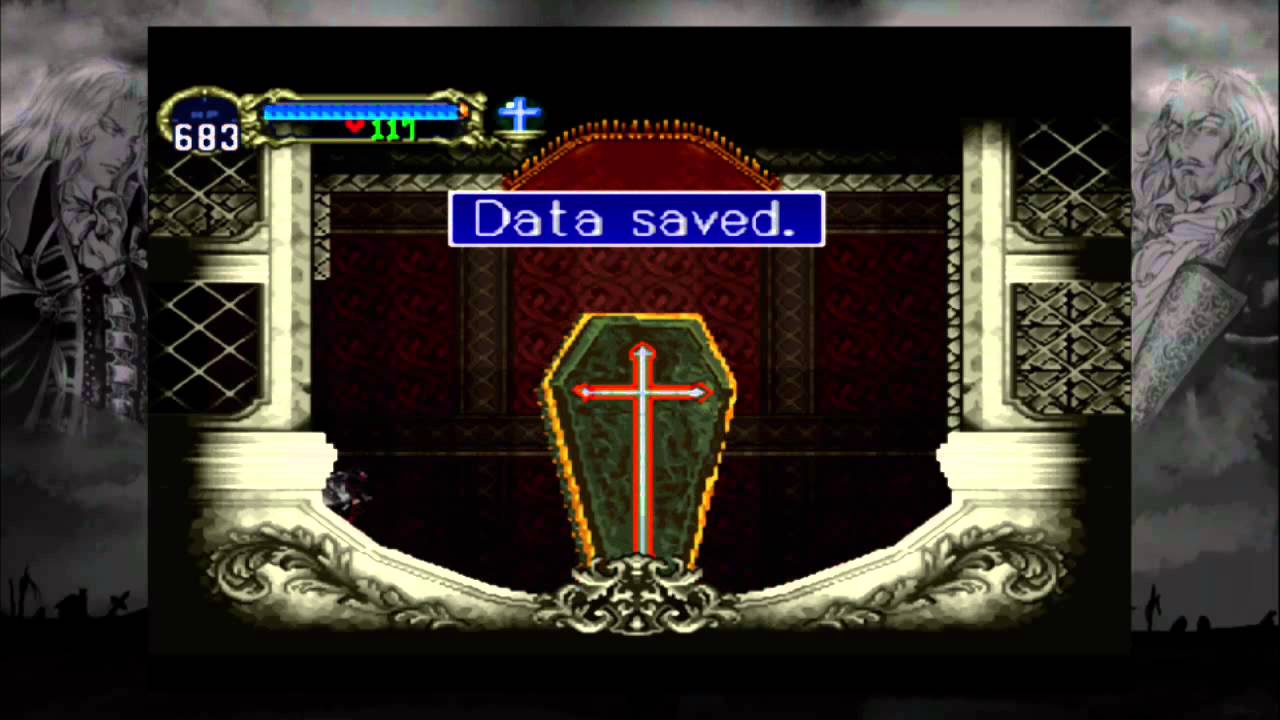
Ori features an interesting middle ground between approaches to save design. The game has traditional save rooms and also custom checkpoints called “soul links” that players create from a limited pool of resources, which they can place in front of particularly challenging areas. Hollow Knight also played with this mechanic with the Dreamgate ability, a movable checkpoint you could warp to from anywhere, but it required some time investment and exploration to obtain. It furthermore offered a good quality-of-life exploration mechanic with the adorable Confessor Jiji –– who summons the shade that holds your gathered Geo upon death if you keep getting killed in an impossible area. (I’m looking at you, White Palace.)
It’s great to see AAA games that don’t use traditional saving also have some time in the limelight, like Elden Ring. Even though you won’t lose your progress if you turn off your game in the middle of a journey, the Site of Grace checkpoints, which are a one-stop shop for fast travel, leveling up, and other features, are a great complement to the sprawling open-world structure of the game. These checkpoints have long been a staple of the Souls series since Dark Souls and show that they aren’t just effective in 2D environments, but some fans balked at the unforgivingly arduous journeys you had to make over and over to get from bonfires to boss rooms in early entries of this franchise.
Sure, I could train and grow the discipline to not quicksave before every Draugr Overlord fight in Skyrim, but the reality is, if you’re presented with the quick save option, it’s difficult not to try to use it to your benefit. As dramatic as I was at the top, save scum can have its alchemical benefits for gamers, but see how it feels to play while using it in moderation too. Those Dragon Priests and Lynels are annoying anyway; take a cue from Metroidvania worlds and go for a hike down a different path!

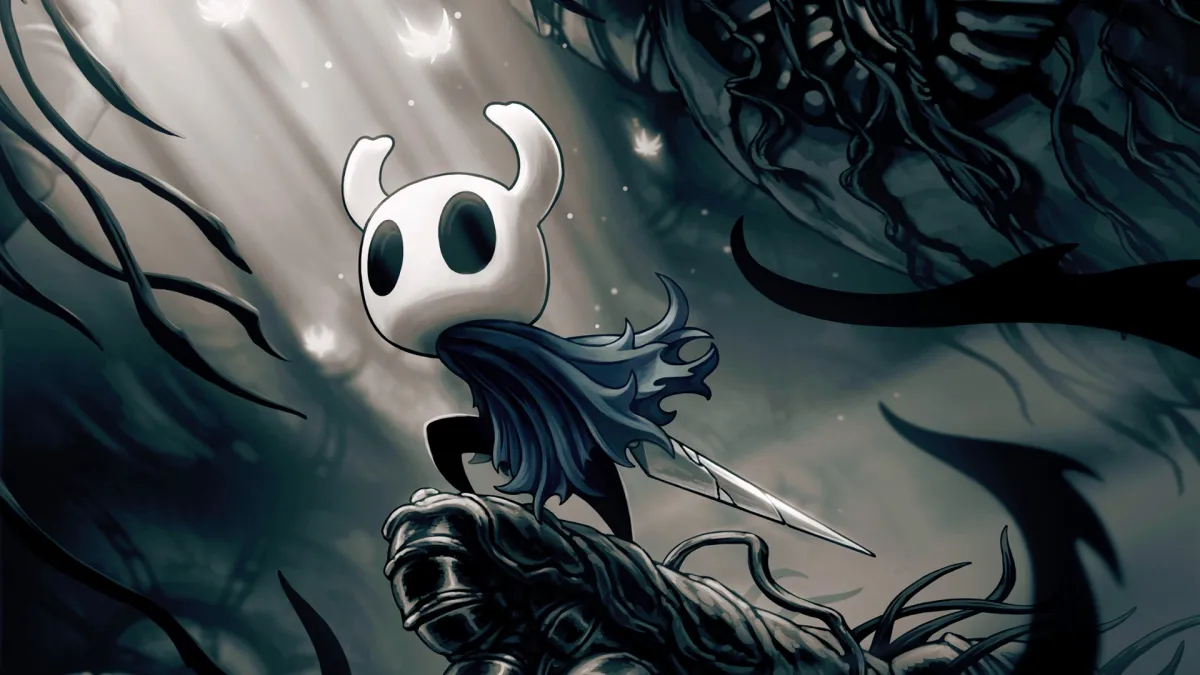


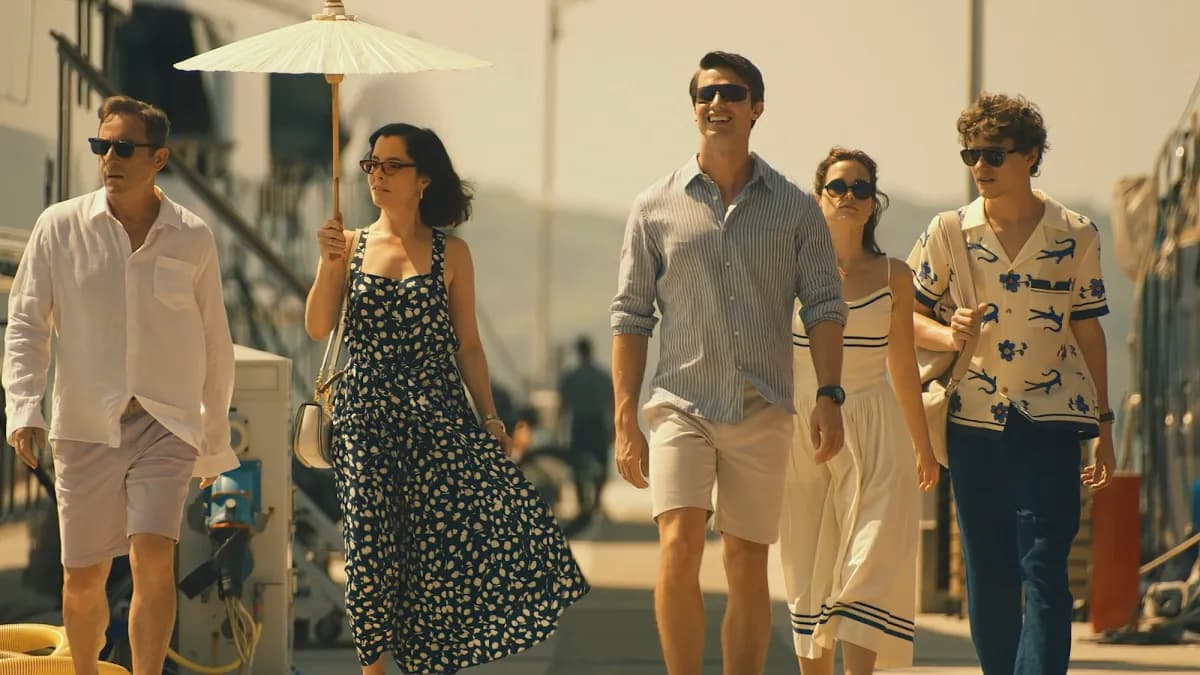
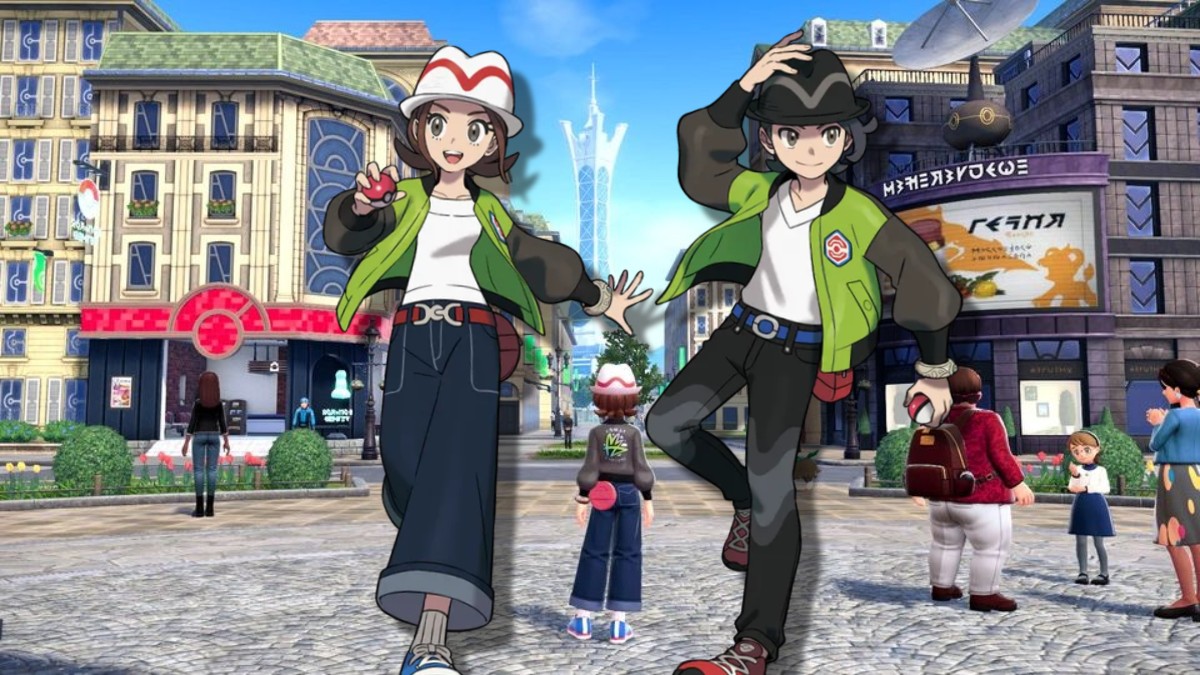

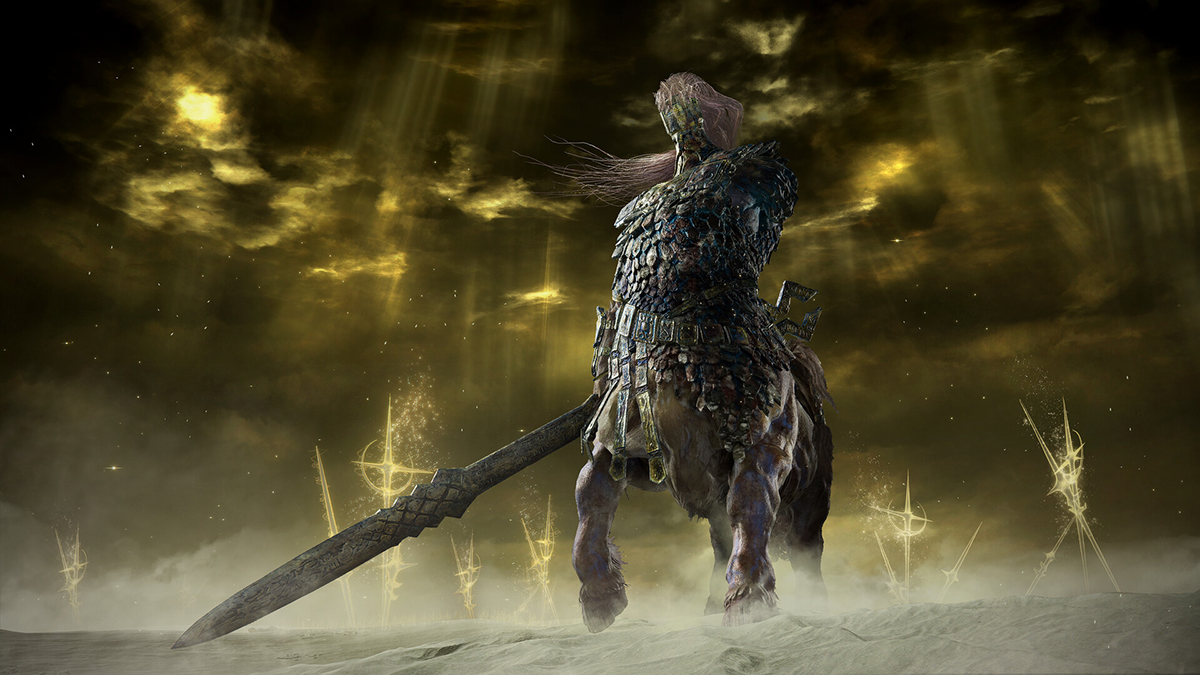






Published: Dec 3, 2022 8:15 PM UTC